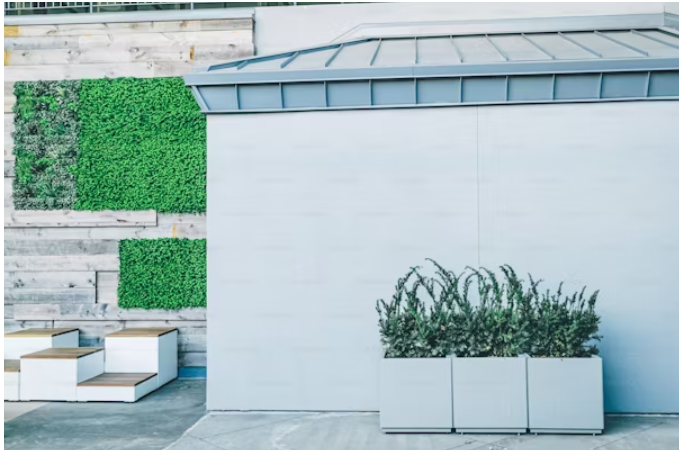Sustainability holds sway in almost all modern business decisions, from the production phase to distribution. In businesses requiring storage facilities, the use of green building materials in the warehouse design would go a long way in benefitting the enterprise at large. These green practices, starting from energy efficiency to reduced ecological imprint, help achieve corporate sustainability objectives and improve the overall operational effectiveness of the business operation. Incorporating green building materials within your business storage design promotes overall corporate sustainability goals and demonstrates a commitment to the environment.
1. The Role of Sustainable Building Materials
The building industry is one of the most destructive industries to the environment due to its massive consumption of large quantities that end up as waste in return. Through the use of sustainable building materials, business ventures will be able to greatly reduce their impact on the environment. Materials such as recycled steel, reclaimed wood, and sustainable concrete decrease the amount of waste but also lessen the demand for virgin raw materials. Utilization of those materials in warehouse construction will be quite proactive toward ensuring environmental stewardship and corporate responsibility.
2. Improving Energy Efficiency
Among the major advantages of integrating green building materials into warehouse design would be increased energy efficiency. Higher thermal performance is observed in insulating materials like sheep wool, cellulose, and hempcrete, which reduce the need for artificial heating and cooling. Besides, cool roofing materials and green roofs can create perfect indoor temperatures and reduce energy consumption in turn.
3. Lower Environmental Impact
Environmental-friendly construction materials also contribute to decreasing the negative impact of construction on the environment. An example is the case of bamboo, which is a good alternative to traditional hardwoods and can be replaced very fast since it is a fast renewable resource. It grows so fast that pesticides are not required to kill other plants, thus making it sustainable. Also, low-VOC paints and finishes reduce the amount of chemicals purged into the atmosphere, thus making the air inside even healthier to breathe for warehouse workers.
4. Complying with Company Sustainability Goals
Sustainability is no longer a feel-good term; it has become a strategic necessity for too many companies. This enhances any company’s reputation, helps attract environmentally sensitive customers, and fulfills regulatory requirements.
5. Long-Term Economic Benefits
While the initial cost of investment may be higher for sustainable building materials compared to traditional ones, long-term economic benefits are huge. Energy-efficient materials curve utility bills, whereas durable low-maintenance ones reduce frequent repairs and replacements. Moreover, with the increasing awareness and concern in the stakeholders’ minds over issues related to sustainability, it has been evident that those companies that are responsible for the environment maintain the much-needed investment and closer relations with clients and partners.
Conclusion
Integrating eco-sensitive building material usage within warehouse design provides multifarious benefits for improving energy use, reducing impacts on the environment, and achieving corporate sustainability goals. Through this, an organization works toward a healthy planet while working for long-term groundwork. Therefore, with increasing demand for sustainable solutions, those companies able to commit to leading through eco-friendly materials in warehouse design will be at the forefront in ensuring a greener, more sustainable future.





